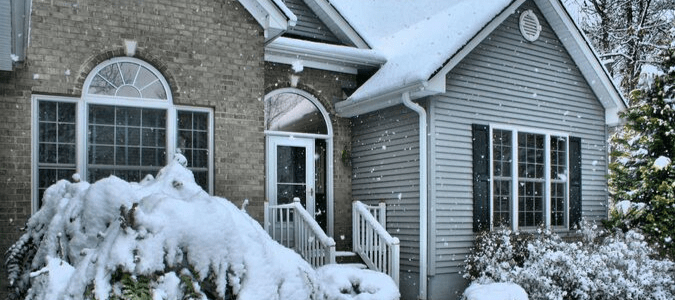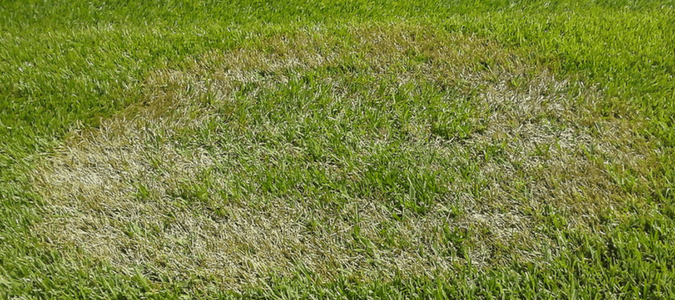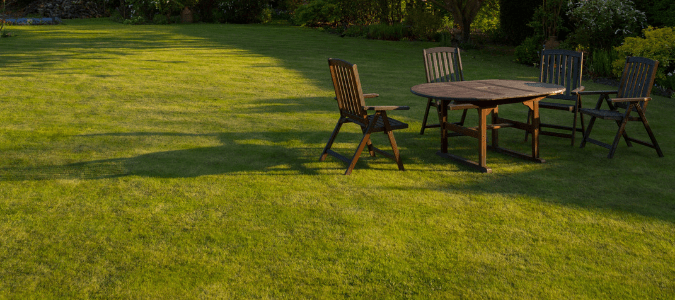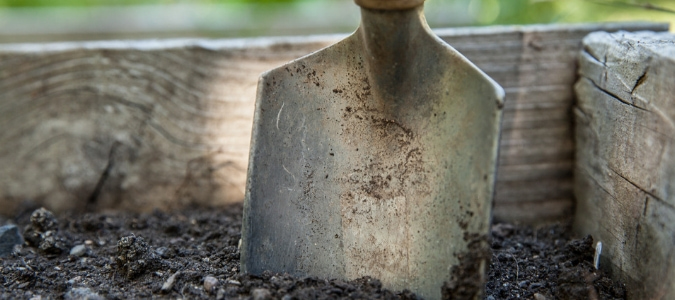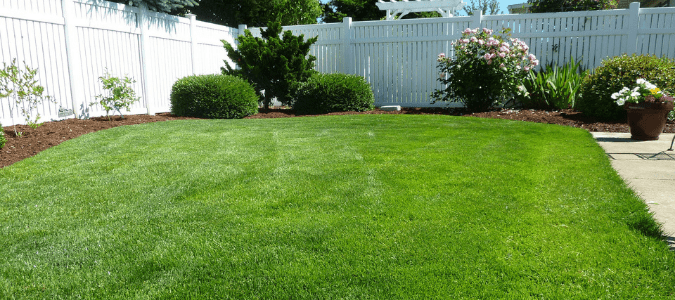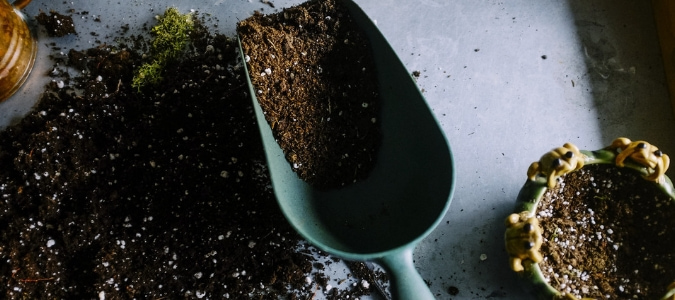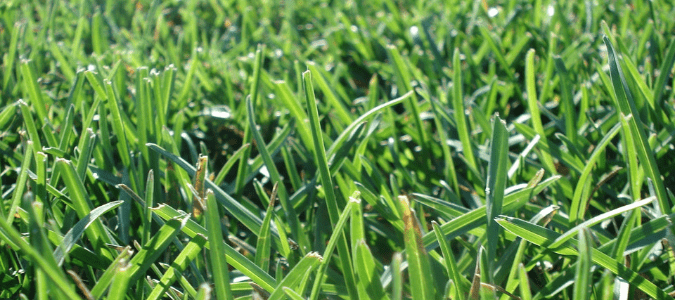The Different Types of Fertilizers

Springtime means that homeowners are fertilizing their lawns. If you want to keep your lawn looking its best this summer, you will want to get an effective fertilizer.
Still, there are so many different fertilizers to choose from. So how do you know which types of fertilizer you need for your lawn?
The main reason you need to fertilize your lawn is to improve soil nutrition. Soil alone does not contain enough nutrients like potassium, phosphorus or nitrogen. Commercial fertilizers are labeled according to their NPK (nitrogen, phosphorus and potassium) levels. These nutrients are the keys to healthy, green grass.
Keep reading to learn more about different fertilizers and which ones may be best for your lawn. You will also learn about plant food versus fertilizer and whether the best time to fertilize is before or after rain. With a better knowledge of fertilizer types, the grass will always be greener on your … Read Full Post »

